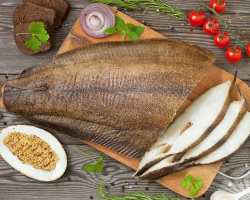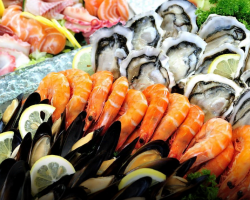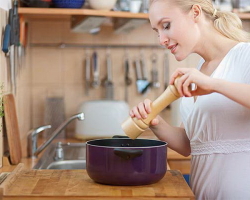This article is about frozen vegetables and how to choose them, how to prepare them.
Content
- Can I eat frozen vegetables?
- The benefits and harm of frozen vegetables
- What vegetables to choose: frozen or fresh?
- What types of frozen vegetables exist?
- The best manufacturers of frozen vegetables
- How is the production of frozen vegetables going?
- How to freeze vegetables at home?
- Is it possible for a child frozen vegetables?
- How to store frozen vegetables?
- Is it possible to buy frozen vegetables: tips and reviews
- Video: frozen vegetables
We live in latitudes where there is no way all year round there are a variety of fresh vegetables. However, their benefits for a person are undeniable. In this regard, people went to the trick and began to freeze vegetables.
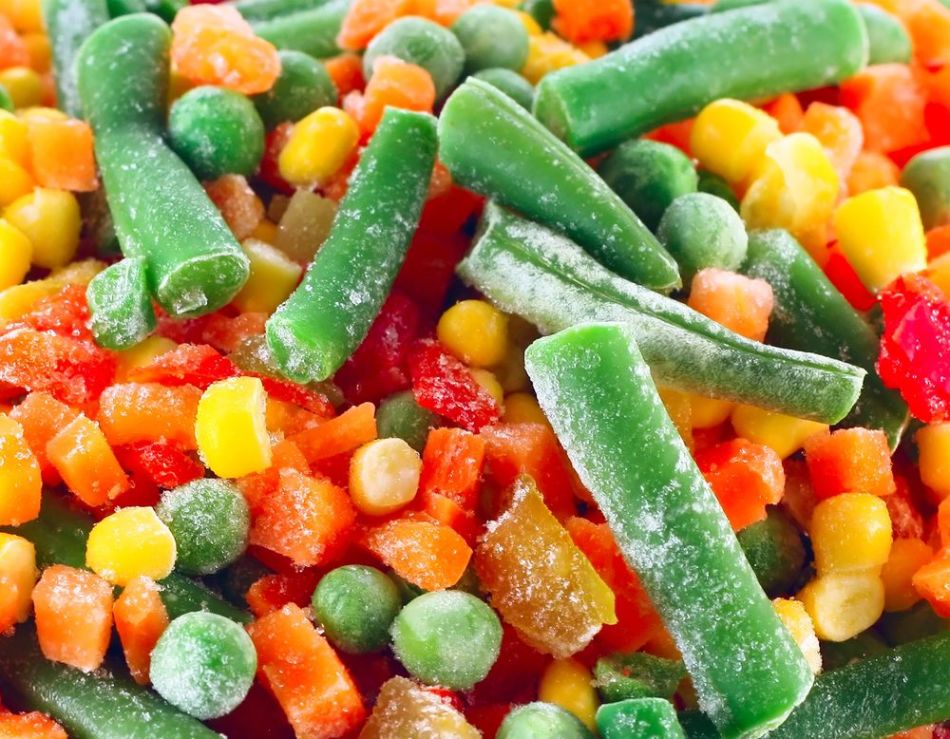
Can I eat frozen vegetables?
The use of frozen vegetables is one of the simplest and most budgetary methods of obtaining important vitamins, minerals, minerals in the winter by the body.
In the age of technology, we can safely say that vegetables in a frozen state are sometimes much more useful than vegetables purchased in stores. Numerous studies are also evidenced.
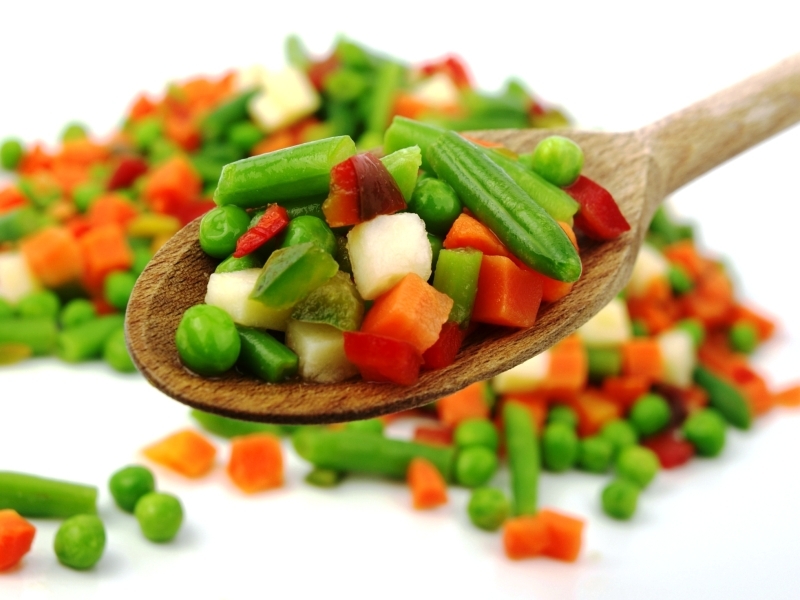
The benefits and harm of frozen vegetables
It is worth talking about frozen vegetables from a positive point of view.
With modern methods of freezing, vegetables retain almost all their positive properties.
From the moment of harvesting to freezing, very little time passes - this is in the interests of the manufacturer. Otherwise, the product will lose its appearance and even when freezing it will be seen that it is spoiled.
Important: when buying frozen vegetables, still pay attention to the composition. In rare cases, to preserve the appearance, to give brightness to vegetables, manufacturers resort to the use of food additives.
Short periods of vegetable harvesting guarantee excellent conservation of products.
However, frozen vegetables can also cause harm - but only if they were frozen two or more times. At the time of thawing, vegetables may simply deteriorate.

What vegetables to choose: frozen or fresh?
If there is a choice before frozen vegetables and those that you have just broken from your beds - there is no doubt that your vegetables will be much fresh and useful than purchased.
Frozen vegetables, although they retain almost all their positive properties, they were not grown in your garden. Not you were frozen.
If we are talking about vegetables that you freezed yourself, then they are also inferior to freshly packed in the number of preserved vitamins and trace elements.
Important: when freezing vegetables, vitamin C.
However, if you take the product that was torn by you, but lay in the refrigerator or outside it for several days, weeks, then most likely it will give way to a frozen product.
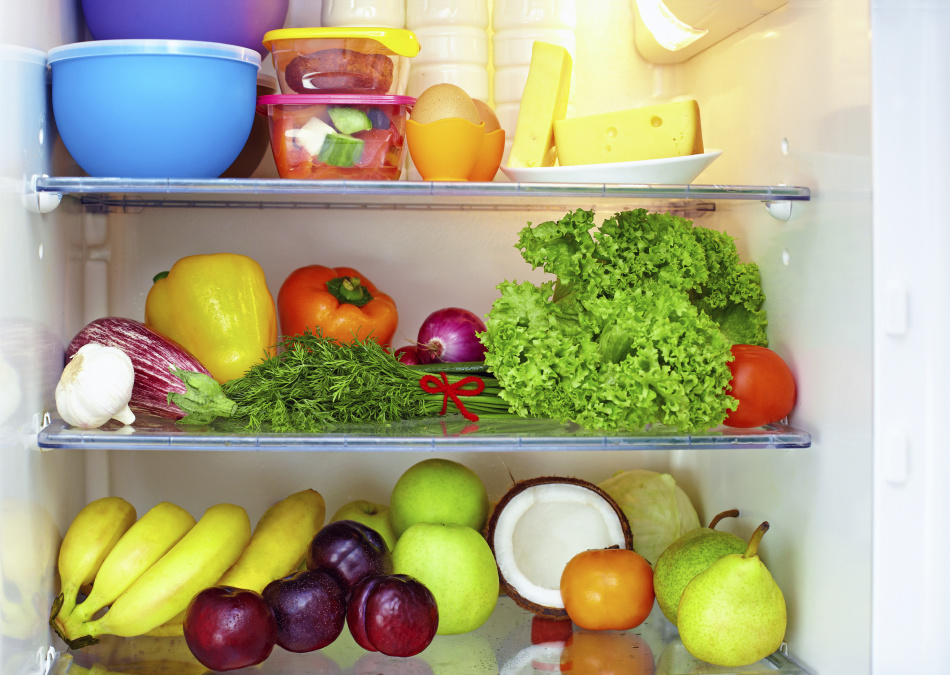
It is also worth thinking about the benefits of fresh vegetables in stores and supermarkets in the winter. Most likely they will lose in the fight against frozen vegetables.
As a rule, vegetables in the winter fall on the shelves after having previously made a long way from the distant southern countries. This indicates the following:
- To preserve the appearance of the product, it is torn off long before ripening. Meeting fresh vegetables on the shelves of shops and supermarkets, you can be sure that these foods were ripened on the way to the destination, or not mature at all
- To preserve the appearance of vegetables before prolonged transportation, and sometimes during it, chemical processing of products can be used
- During long -term storage, fresh vegetables lose vitamins and minerals
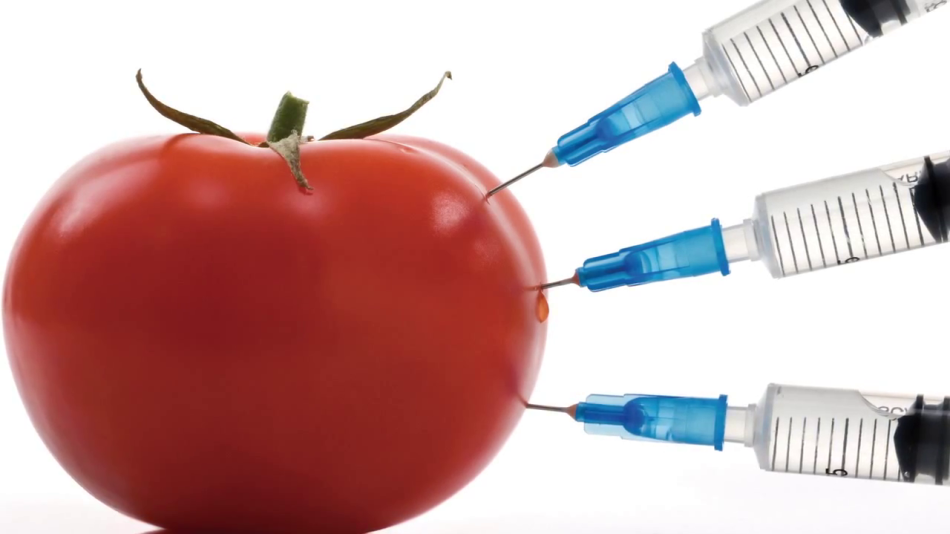
What types of frozen vegetables exist?
Given the fact that you can freeze almost all existing vegetables, on the shelves of stores and supermarkets you can find a huge selection of frozen vegetables and their mixtures.
The most common vegetables that are in demand from our citizens are:
- Black Eyed Peas
- Cauliflower
- Broccoli
- Peas
- Corn
- Eggplant
- Pepper
- Brussels sprouts
- Zucchini
- Mixtures from the above vegetables with the addition of celery, onions, carrots, etc.
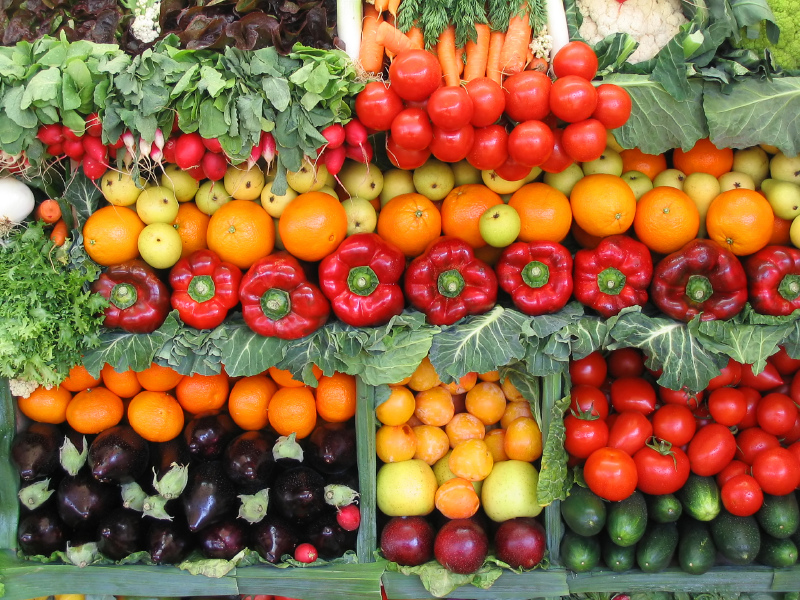
The best manufacturers of frozen vegetables
A huge number of manufacturers of frozen vegetables and mixtures are represented on the Russian market. The leading position is occupied by Polish manufacturers.
Among the most popular brands, the following can be distinguished:
- "Hortex"
- "Colds Zgoda"
- "AMAM"
- "Khortino"
- "Bauer"
- "4 seasons"
- "Snezhana"
- "Summer Paints"
- "Elik"
- "Sap"
- "World Food" and others.
It is worth noting that most often domestic manufacturers are not manufacturers, but by collectors and packagers of the delivered vegetables, for example, with the same Poland.
Do not get hung up on a certain brand - try vegetables and you will find for yourself many favorite bags with freezing.

How is the production of frozen vegetables going?
To freeze vegetables, shock freezing is used.
Previously, to freeze vegetables, it was necessary to place vegetables in the refrigerator for two to three hours. However, this is already an outdated method that requires a longer time.
Shock freezing is a blow of vegetables of air flows of low temperatures. Air temperature is about -35 ° C. For freezing vegetables is enough for twenty to thirty minutes.
Pros of shock freezing:
- Vegetables for such a short period of time lose less vitamins
- The ice does not crystallize
- The structure of the product of the product is not violated

How to freeze vegetables at home?
For freezing vegetables at home, you will need:
- Vegetables
- Packages and containers
- The freezer of the refrigerator
- A little time
To get started before freezing vegetables follows:
- Wash, dry vegetables, remove tails, cores, bones, if necessary, peel and seeds
- If necessary, cut into small pieces, divide into inflorescences, etc.
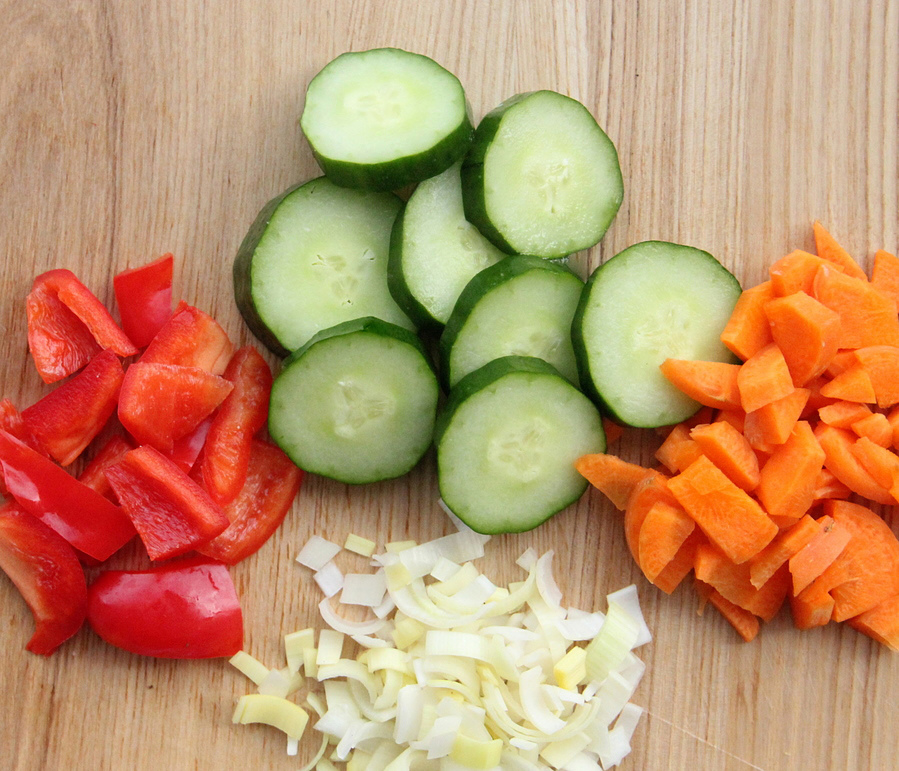
Tips for freezing vegetables at home:
- Color cabbage and broccoli should be divided into inflorescences
- Carrots can be cut into circles, straws, cubes
- Peppers peeled from ponytails and seeds can be cut into cubes, strips, or can be stored in general. Entire peppers can be used for stuffing. It is better to store them by folding one in one
- White cabbage is still better to freeze already in the form of twisted cabbage rolls
- Part-shaped beans should be cut into two or three parts
- Tomatoes can be frozen entirely, especially if these are cherry tomatoes, they can also be cut into slices or cubes. A good option would be frozen puree, pre -chopping tomatoes, and then placing the mass in ice storage forms, cups. After freezing puree can be removed from the mold and transferred to the bag
- Young cucumbers cut in any form, they can be useful for salads
- Before freezing, eggplant should be cut into circles and pour salt so that bitterness retires. Then you should wash off the juice and blanch. Frost and baked eggplants
- You can make an assortment - by packing packets to shift vegetables for the preparation of your favorite dishes
- The greens are frozen, having previously drowned, drying, cutting and laying it on packages. Greens can be frozen in ice forms, laying it on cells and bay, for example, olive oil - an excellent dressing for salads will be released
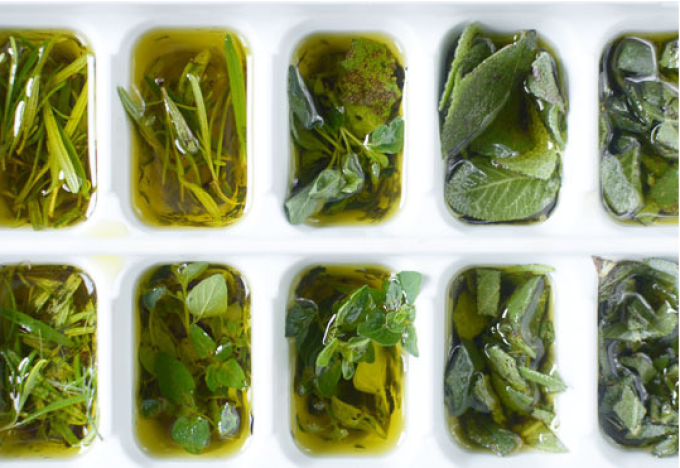
You can freeze vegetables with preliminary blanching and without it.
Some experts argue that without blanching vegetables, even at the lowest temperatures, are able to ripen, change their structure, appearance. And without hot processing, only bell pepper and onions can be freezed. Broacli preliminary cooking should also be avoided - a very fragile vegetable.
Blanchy vegetables should be like this:
- We collect water into the pan, bring it to a boil. We take a pan so that you can put a colander in it
- We place pre -prepared vegetables in a colander
- A colander with vegetables is lowered into boiling water
- Cover the pan with a lid
- We are waiting for the required amount of time
Blancing time depends on the type of vegetable - it can vary from one and a half to five minutes. For example, five minutes fall on carrots, four - on eggplant, and a half - on deciduous vegetables. The rest of the vegetables will be enough for two to three minutes.
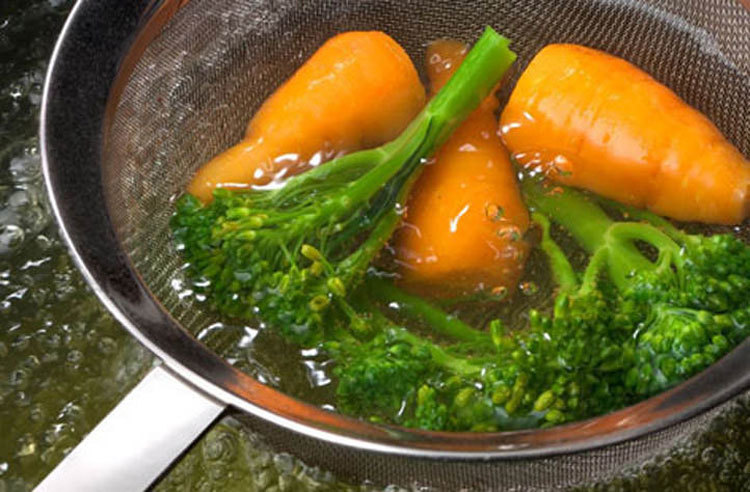
Vegetables must be folded:
- In packages. Packages are more often used to store cut vegetables, or briquetics pre -prepared in containers
- In containers. Containers are used to store entire vegetables - the container will not allow vegetable deformation

It often happens that in the freezers of our refrigerators there is not enough space for a huge number of containers, and you want more vegetables for the winter. To preserve the original appearance of a whole vegetable with home freezing, you can do this:
- Put the washed and cleaned vegetables in the container, or on a cutting board
- Place in the freezer of the refrigerator
- After several hours of freezing, remove the vegetables from the refrigerator
- Put the vegetables to the package
- And immediately send back to the freezer
Frozen briquetics from cut vegetables are prepared as follows:
- Cut the vegetables into small pieces, after cutting the tails, cores, removing the seeds and, if necessary, removing the seeds and peel
- Fold tightly in a small container
- We send to the freezer for several hours
- After extracting a container from the refrigerator, we lower it into warm water - then the frozen bricket of vegetables will easily lag behind the walls of the container
- We place a briquettic in a bag and close tightly
Important: the air that enters the bag, even at the lowest temperature of your freezer, will have a destructive effect on vegetables.
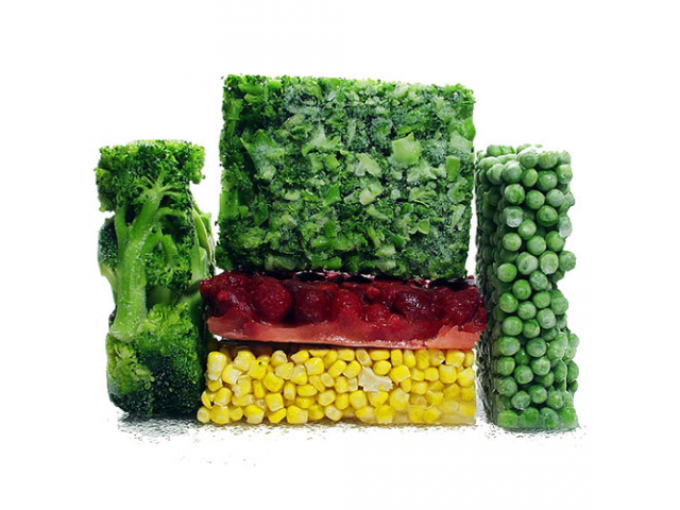
Such manipulation will help increase the space at the place of storage of frozen products.
Is it possible for a child frozen vegetables?
To give frozen vegetables to their child or not, the parents themselves must decide.
With proper freezing and storage, vegetables should not harm your child’s health, on the contrary, will serve as a source of vitamins and minerals.
When choosing frozen vegetables in stores, pay attention to the quality of the product - its color, shape, packaging. It is important to pay attention to the manufacturer.
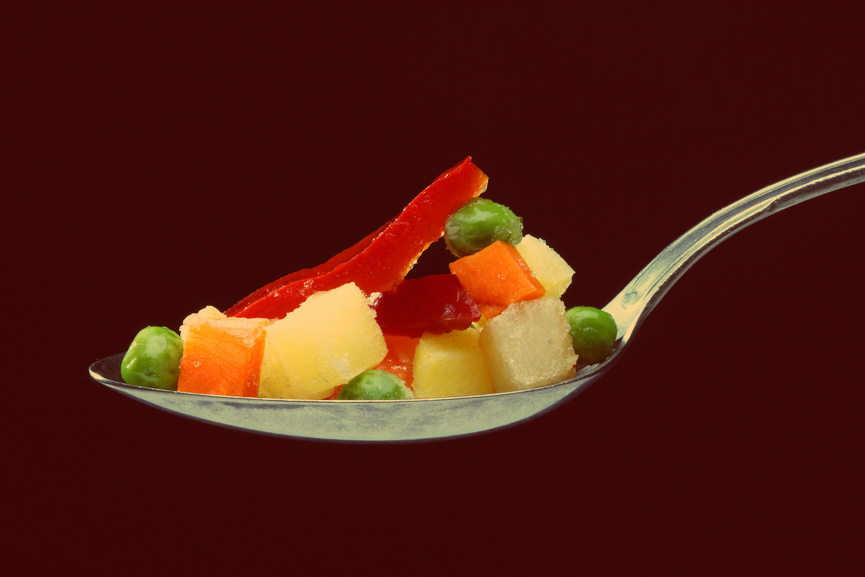
On the advice of parents, when it comes to complementary foods, you should initially choose vegetables for yourself, try them, and only then offer a child - this will help to avoid unpleasant incidents in the form of rashes, etc.
Frozen vegetables can be boiled, fry, stew. When preparing dishes from them for a child, remember that the most useful substances in them will be kept after cooking, especially after cooking.
Important: do not salt the vegetables at the beginning of cooking - they will quickly lose useful substances. It is better to use salt closer to the end of cooking.
Remember that with prolonged cooking, as well as with prolonged defrosting, vegetables very quickly lose their appearance - this is sometimes important in cooking dishes for small pickles.
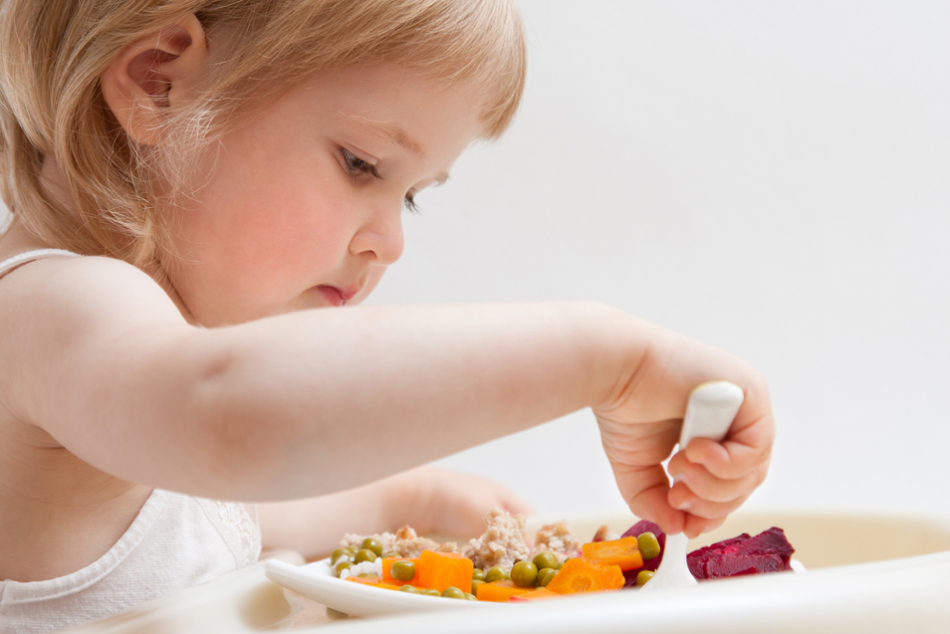
How to store frozen vegetables?
The shelf life of vegetables depends on the capabilities of your refrigerator. Be sure to pay attention to the instructions for your technique.
The temperature and shelf life of vegetables are as follows:
- -6 ° C-one to two weeks
- -12 ° C-four to six weeks
- -18 ° C -up to a year
Frozen vegetables must be stored at low temperatures. You can not allow them to thaw - this can negatively affect the quality of the product.
As mentioned earlier, packages and containers must be used to store vegetables.
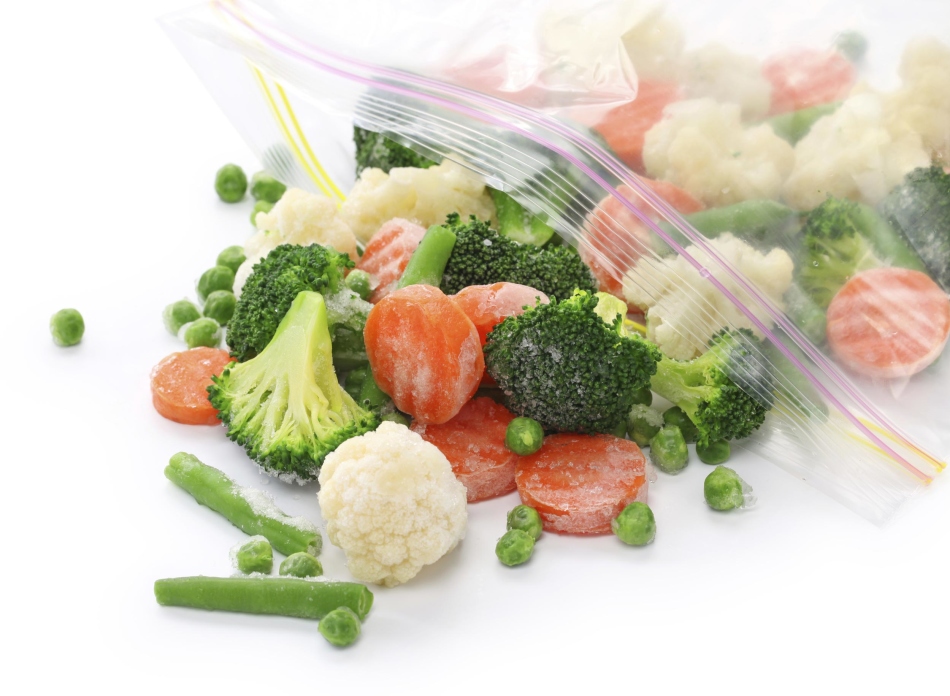
Is it possible to buy frozen vegetables: tips and reviews
Recently, most opinions come down to the fact that you can and should be bought and should be bought, especially in the winter. The reasons:
- The body receives useful substances that are so lacking at a certain time of the year
- It's convenient and fast
Tips and reviews:
- Defrosting vegetables should be quickly. Important trace elements are disappeared, light is deteriorated on them, the appearance is lost
- Do not wash frozen vegetables - water will wash off all vitamins and ruin the taste
- It is better to cook in a small amount of water - it is better to preserve beneficial properties
- The cooking of frozen products accounts for half as much time than fresh
- Vegetables should be immersed in boiling water not thawed
- Do not store frozen vegetables for a long time - the taste of vegetables changes, the number of vitamins decreases. 2-3 years-this is a lot
- Do not buy deformed packaging with frozen vegetables in the store
- With a single freezing, the vegetables always scatter, there are no sticky lumps
- If products are bought by weight, then do not choose them in the ice shell
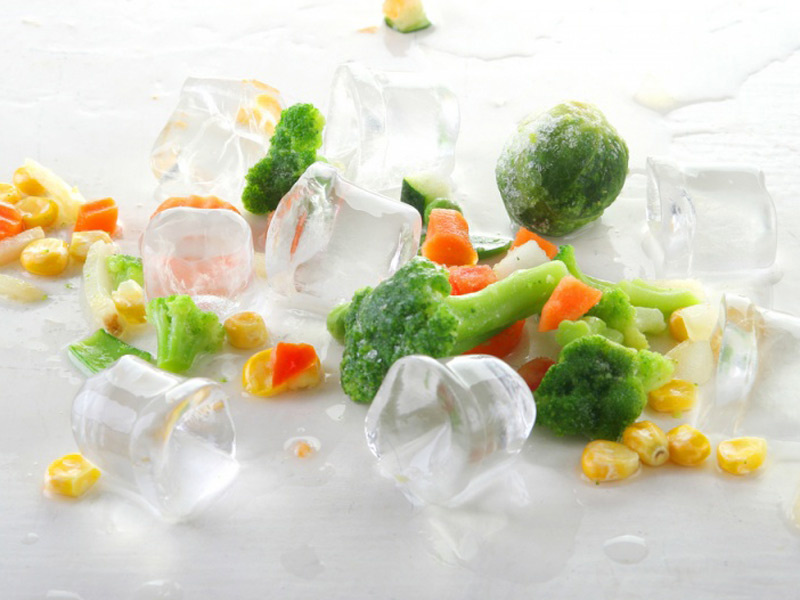
Thanks to freezing vegetables, we can enjoy their beneficial substances all year round. Do not deny yourself this. Love yourself, take care of your health.



